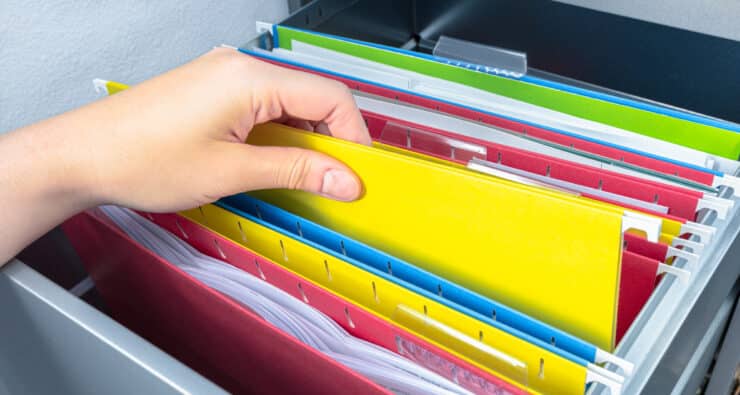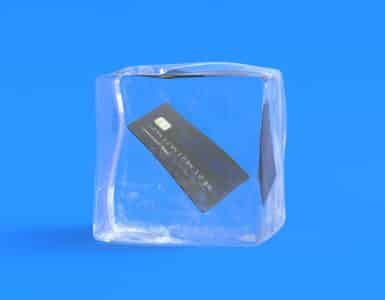If you don’t have many credit accounts listed on your credit report, you might have heard it referred to as a “thin credit file.” That’s not a good thing, but it’s rather easy to fix. Here’s what you should know.
What is a Thin Credit File?
A thin credit file is simply a credit report that has few open credit accounts on it. They can be anything, from a car loan to a credit card. The more accounts you have open — and in good standing — the better it generally is for your credit score. If you have a thin file, lenders might not approve you for new accounts. Even if they do approve you, you might not get favorable terms.
How to Fatten Up a Thin File
The best way to fix a thin file is to add accounts and payment history. However, it can be hard to add accounts because your file is thin. It’s not a fun problem to have. Here are two easy ways to bolster your file:
Add Data
When you have a thin file, you need to think outside the box. Consider adding alternative data points to your credit report.
Alternative data includes:
- Rent payments
- Cell phone bills
- Utility payments.
Adding these data points to your file will help show lenders that you can handle payments. In turn, a lender might agree to a more favorable credit card or other credit account.
Get a Secured Card
Another way to thicken up your file is to apply for a secured credit card. You put down a deposit, which then acts as your credit line. The more you use the card over time, the better. With a secured card, you add an account and a payment history, both of which help thicken your file and improve your score.
Do One Thing: Add alternative data points to your credit file.






